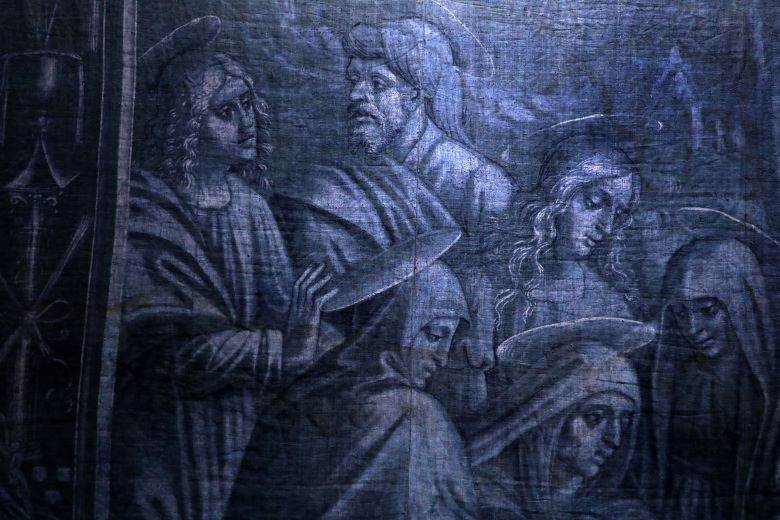GenovaJeans will next take place in October

The next edition of GenovaJeans, a Genoa-based event which harks back to the Italian city’s denim heritage, while simultaneously looking ahead to “next-generation” jeanswear innovations, will take place from October 5 to 8, organisers have announced.
“This four-day event aim[s] to highlight the best of craftsmanship and commerce, acting as a boost for the industry and becoming part of our economy on a long-term basis,” commented Genoa mayor, Marco Bucci.
“Shaping next-generation jeans, [the designers of which are] becoming more and more sustainability conscious, will bring the roots of this fabric [to the forefront] – narrating the history of our city to the whole world.”
The Genoese were among the first to cultivate the heavy-duty cotton typically used to make jeans and were similarly “first” to use indigo to dye the resulting fustian fabrics.
The fair's programme is due to encompass live performance, music and a series of public-facing exhibitions, workshops, educational activations and artistic installations, including fresh investment in Genoa’s Via del Jeans or 'Jeans Street'. Risorgimento Museum will notably display an original artwork by Ian Berry called Garibaldi in Jeans. Eco-minded brands, makers, designers and creatives from up and down the denim supply chain will likewise participate.
QR code 'passports' from CLASS (Creativity Lifestyle and Sustainable Synergy) will add an extra degree of traceability and transparency to many of the denims sold over the four days.
Taking place within the city’s historical centre once again, the open-air event will employ “jeans before blue jeans” as its slogan, in a nod to the area’s past as a locus for fabric manufacture.
The fair, first held in 2021, is additionally expected to feature “a unique new format” this time around, with an emphasis on “green” values and responsible jeans production.
Detail from Teli della Passione, a series of 14 indigo-dyed linen panels by local artist Teramo Piaggio, which date back to circa 1540 and depict Christ’s Passion in white lead.
Image courtesy.










